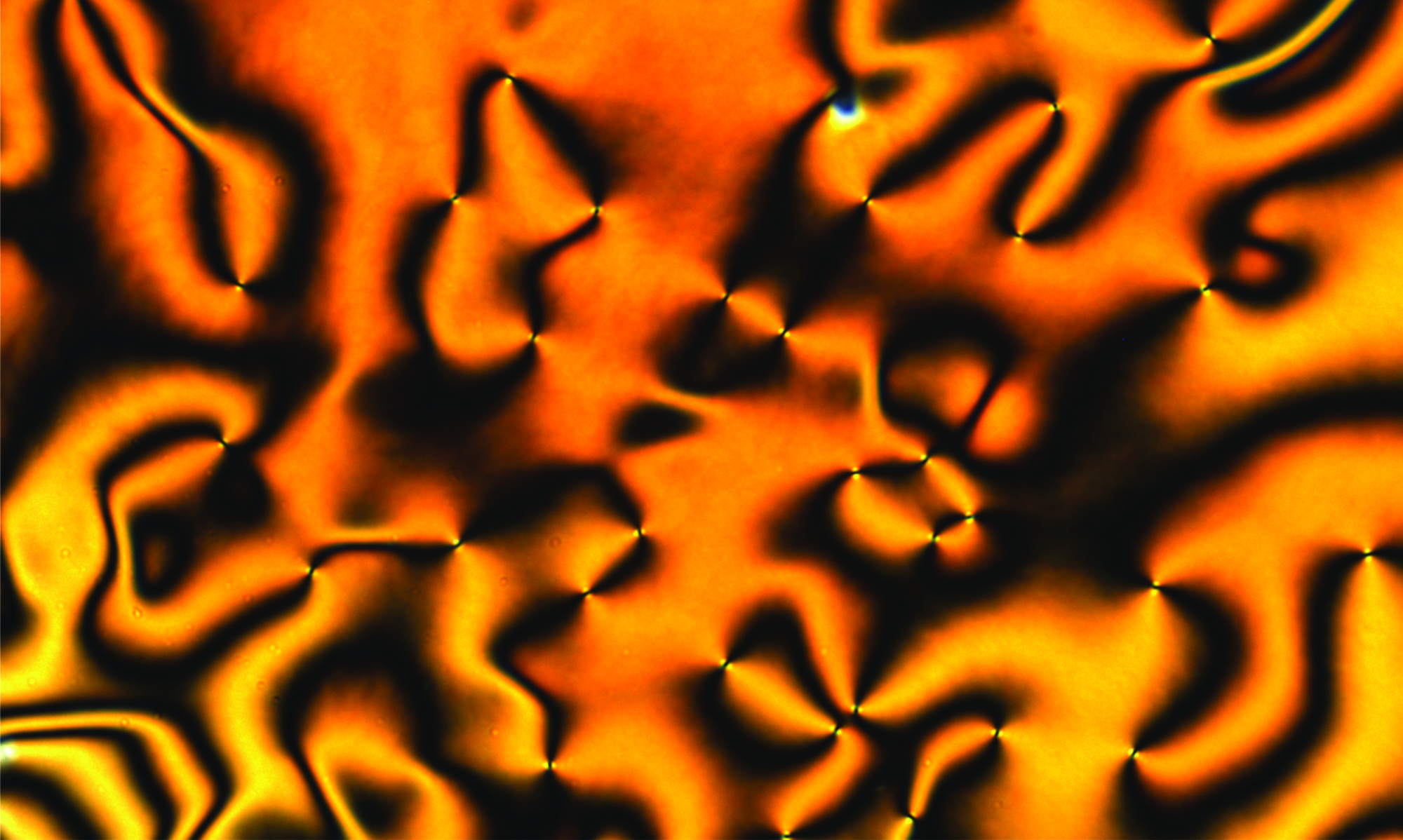Liquid crystal (LC) is a intermediate phase of matter possessing both the mobility of liquids and the long-range molecular ordering of crystal. Due to the unique combination of properties, LC has been widely used to create Responsive Materials (also known as Smart or Functional Materials) that optically report information about their environment, such as changes in electric field (Smart-Window; Smart-Phone Displays), temperature (Medical Thermography; Thermo Paint) or mechanical shear (Aerodynamics), and the arrival of chemical and biological stimuli (Sensors). Research in our laboratory seeks to understand how the unique characteristics of LC mediate intermolecular / interparticle / interfacial phenomena and leverage the knowledge to design New Class of Smart Materials that will enable applications in a variety of fields, including Drug delivery/release system, Sensors, Actuator (micromachine), Microfluidics, and Molecular/colloidal self-assembly.
Current Research Topics
(under Research Fundings)
* Our lab provides full degree of freedom in research topics for graduate students and post-docs.
1. Drug Release/Delivery System
2. Micro-Robot
3. Soft Actuator
4. Chemical- & Bio-Sensor
5. Responsive Metasurface
6. Cosmetics
7. Molecular & Colloidal Self-Assembly
8. Molecular Dynamic Simulation
9. Collective Behavior (Bacteria)
10. Responsive Micro-Droplets
11. Nanocrystal Synthesis (e.g., Perovskite)
12. Supercapacitor

